A new portrait collection showcases 90 Holocaust survivors who lived long and full lives
During the years that photographer B.A. Van Sise worked on “Invited to Life,” several of his subjects died
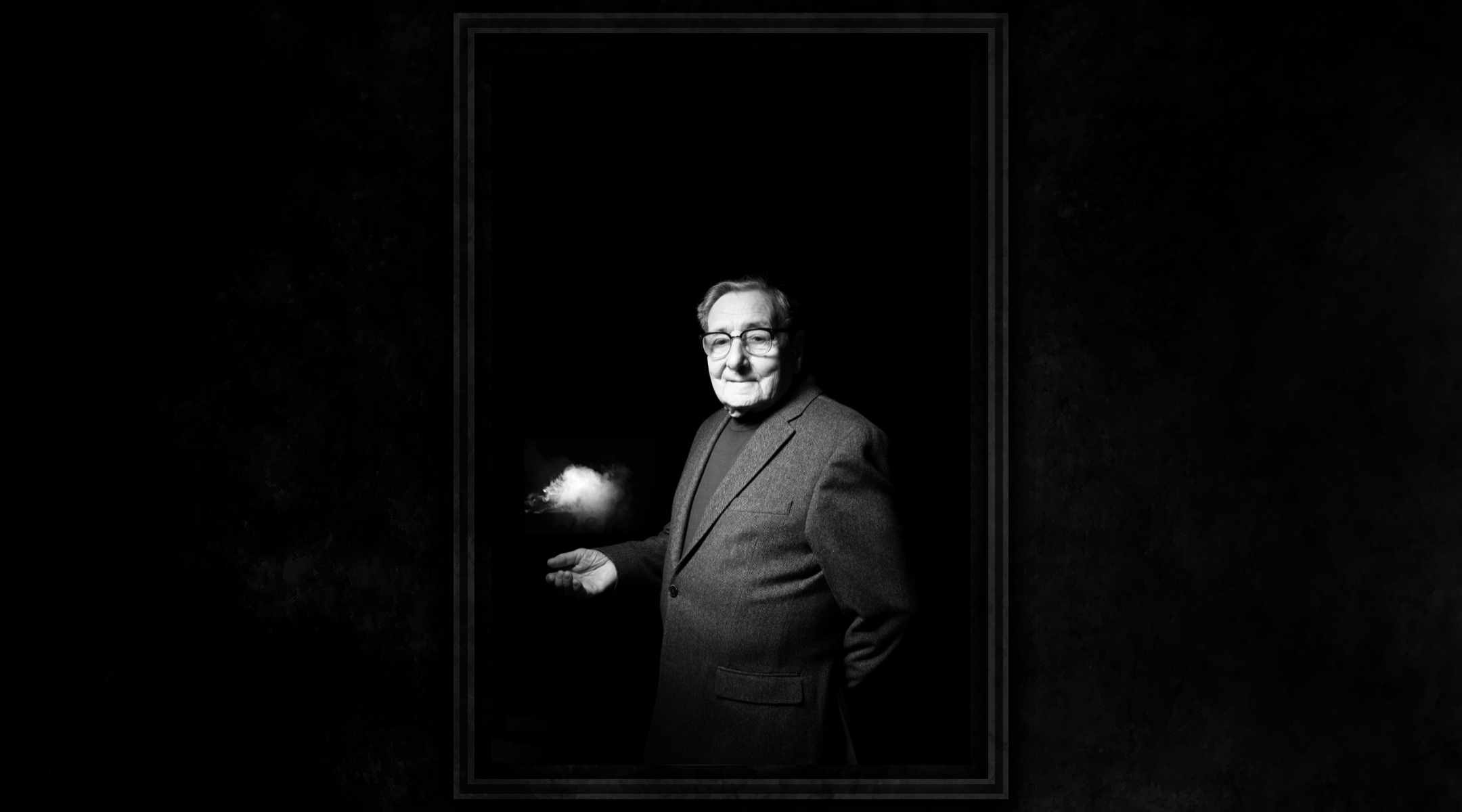
Holocaust survivor and magician Werner Reich poses for “Invited to Life”. (Courtesy of B.A. Van Sise / Design by Grace Yagel)
(JTA) — Werner Reich had his opening line ready when he sat down for B.A. Van Sise to take his portrait.
“Before I could say anything, he said, ‘Everybody comes to me and they want me to talk about the Holocaust. What am I supposed to say? I went to Auschwitz. It was lousy,’” Van Sise said, recalling that Reich’s comment felt like a joke, not a lament.
But instead of dwelling on the horrors of the Nazi concentration camp, the two men spoke about magic, a refuge for Reich as a Jewish teenager trying to survive. The resulting portrait shows a man in his 90s wearing retro glasses, a cloud of smoke floating a few inches above his open palm, in a picture vibrating with life and with enchantment.
Van Sise’s portrait of Reich is the first in “Invited to Life: Finding Hope After the Holocaust,” his new portrait collection of 90 Holocaust survivors. The accompanying text acknowledges Reich’s experience at Auschwitz, but it focuses more on Reich’s life after the war and his long career in magic — striking a balance that Van Sise says is core to his project.
“This is not something that people are inclined to talk about because it’s not always bombastic. It’s not the part that you sell movie tickets to,” Van Sise said. “You can make, and people have, a hundred movies about Jewish people being imprisoned, tortured, and enslaved. Why doesn’t anybody talk about them thriving afterwards?”
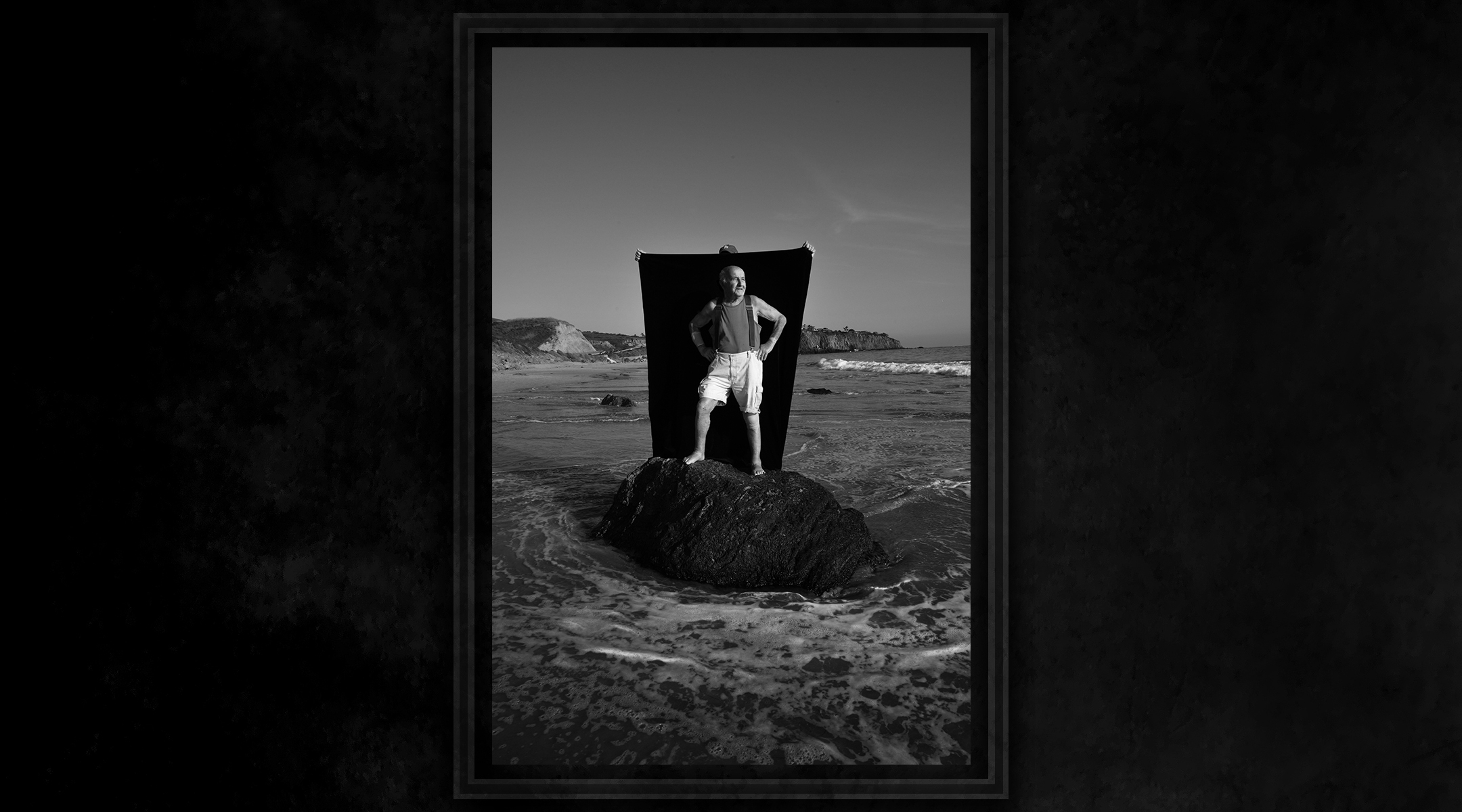
Holocaust survivor and hiking enthusiast Sam Silberberg poses for “Invited to Life”. (Courtesy of B.A. Van Sise / Design by Grace Yagel)
Van Sise is far from the first photographer to capture the faces of survivors in the decades following the end of the Second World War. Famed portrait photographers Martin Schoeller and Mark Seliger, both known for their iconic celebrity portraiture — Schoeller for his uniform, stylized close-ups and Seliger as a magazine photographer who also recently photographed Jerry Seinfeld in a fashion shoot — have also set their cameras in front of Holocaust survivors. Countless other photographers have done the same. But what Van Sise says is sometimes missing from survivor photography is a focus on the postwar lives, many of them joyous, that the subjects have experienced over the last 70-plus years.
“I suspect that one person might see these folks and see victims,” Van Sise said. “And I see them as survivors.”
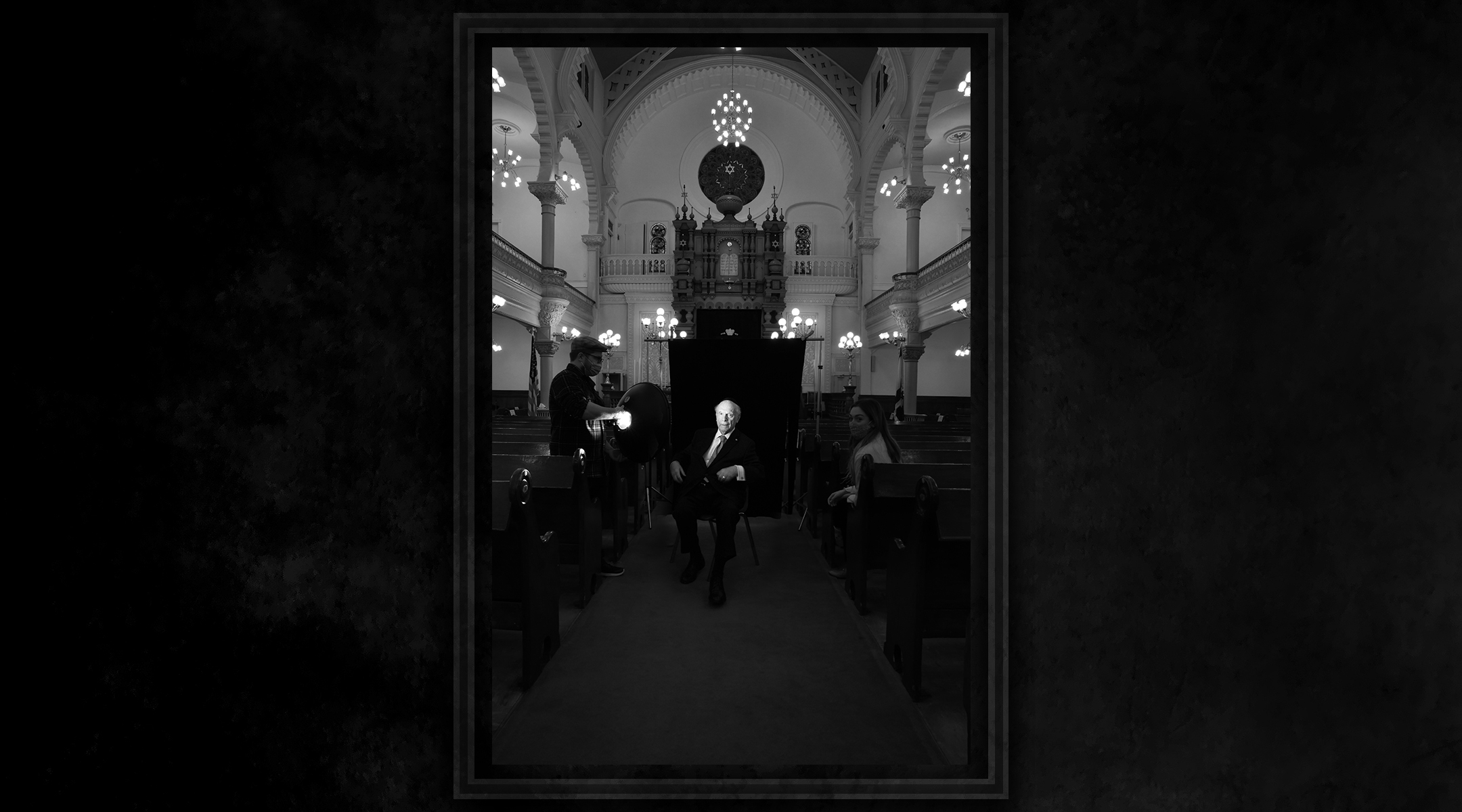
Holocaust survivor and Park East Synagogue Rabbi Arthur Schneier poses for “Invited to Life”. (Courtesy of B.A. Van Sise / Design by Grace Yagel)
“Invited to Life” was inspired by a 2015 photo assignment Van Sise took on for the Village Voice. Motivated by the anti-immigrant, anti-refugee rhetoric of then-candidate for president Donald Trump, he realized that a particularly cohesive cohort of refugees to come to the United States had arrived more than 75 years ago, at the end of the Second World War, and a photographic retrospective on their lives in America could be a valuable project. He reached out to the Museum of Jewish Heritage in New York to be put in touch with a dozen survivors for the story. He ended up taking more than 30 portraits. When the alternative newsweekly ceased publication in 2017 (it was revived in 2021) before he could publish the photos, the museum invited Van Sise to turn the portraits into a solo exhibition, in what became the museum’s first-ever public art installation.
Then the pandemic arrived, and like many photographers whose everyday work required travel, Van Sise was out of a job.
“It had never been a marquee project for me,” said Van Sise, who is Jewish but has no familial connection to the Holocaust. “I kept coming back and thinking about them, and about the fact that these people had been through the worst there ever was, the worst that ever has been, the worst there ever might even be.”
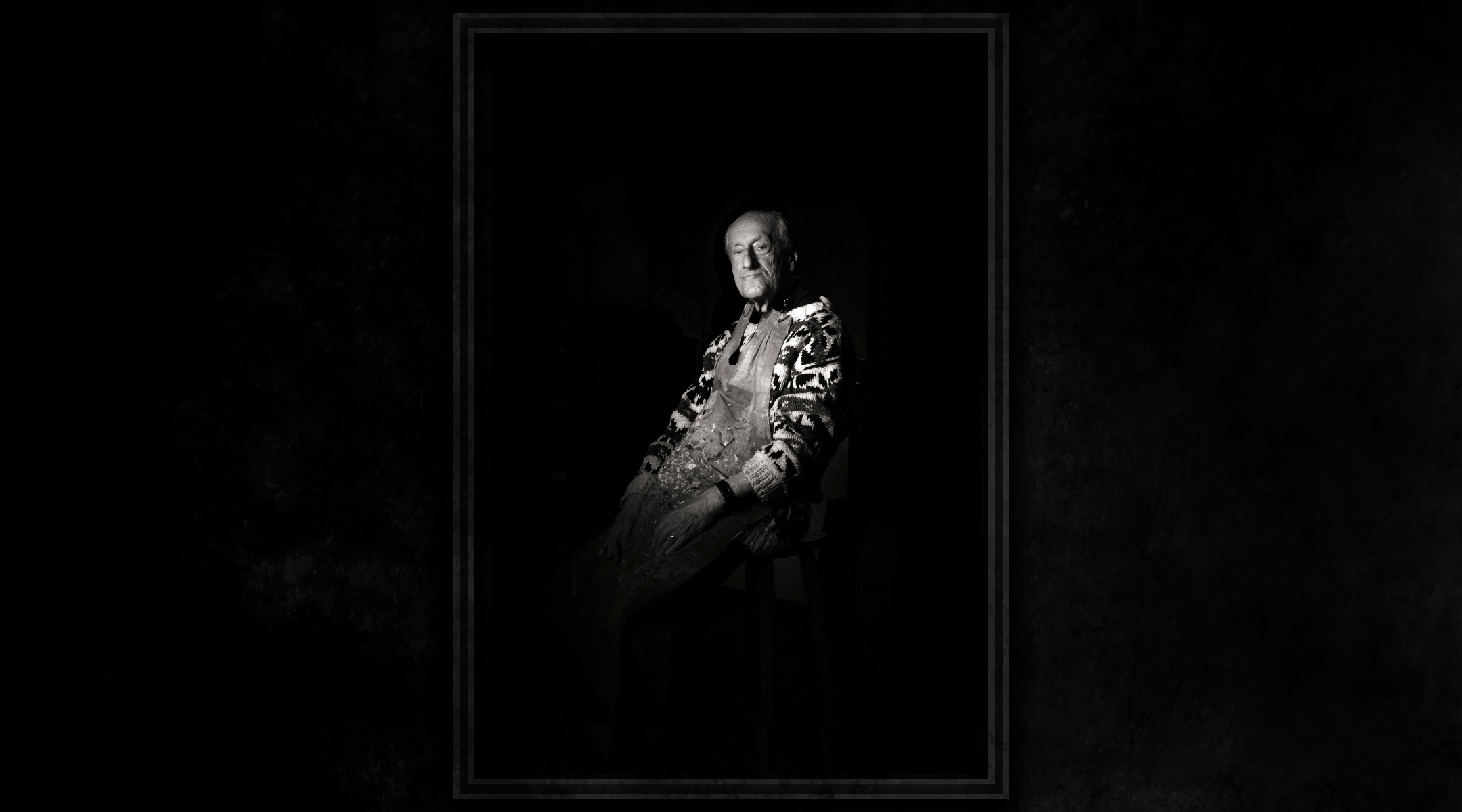
Holocaust survivor and painter Fred Terna poses for “Invited to Life”. (Courtesy of B.A. Van Sise / Design by Grace Yagel)
Van Sise spent the better part of 2020 driving around the United States, getting COVID swabs every three days so he could safely photograph 140 elderly survivors, 90 of whom ended up in the book. (He was insistent with his publisher that the final number of portraits in the book be a multiple of 18, the Jewish numerical symbol for “life”.)
The photos are all in black and white, but beyond that, they are as diverse as Sise’s subjects. Some incorporate backgrounds, some are solo portraits; some are serious, some are silly; some include children, grandchildren, husbands, wives, props; some are in profile, and some are shot straight on. The subjects are Nobel Prize-winning chemists and homemakers; pilots and psychologists; haberdashers and teachers; famed rabbis and partisans-turned-conmen.
All of them, Sise says, were photographed with a sense of generosity.
“A person who wants to be critical of me — which is fair — might say that I’m overly charitable,” Van Sise says of his own work, acknowledging that no photographer can avoid bias completely while behind the camera. (It didn’t help that many of the survivors he photographed were eager to feed him cookies, as he frequently recalls.)
In the nearly three years since Van Sise began photographing the subjects of his book, the reality of working with more than 100 elderly people set in. Several of the survivors, including Holocaust educator René Slotkin, Budapest-born legal secretary Kathy Griesz and Reich died before they got the chance to hold a copy of the book in their hands, much to Van Sise’s dismay.
“As a writer, you carry them with you,” he said. “So for me, there were a few where I got pretty rattled.”
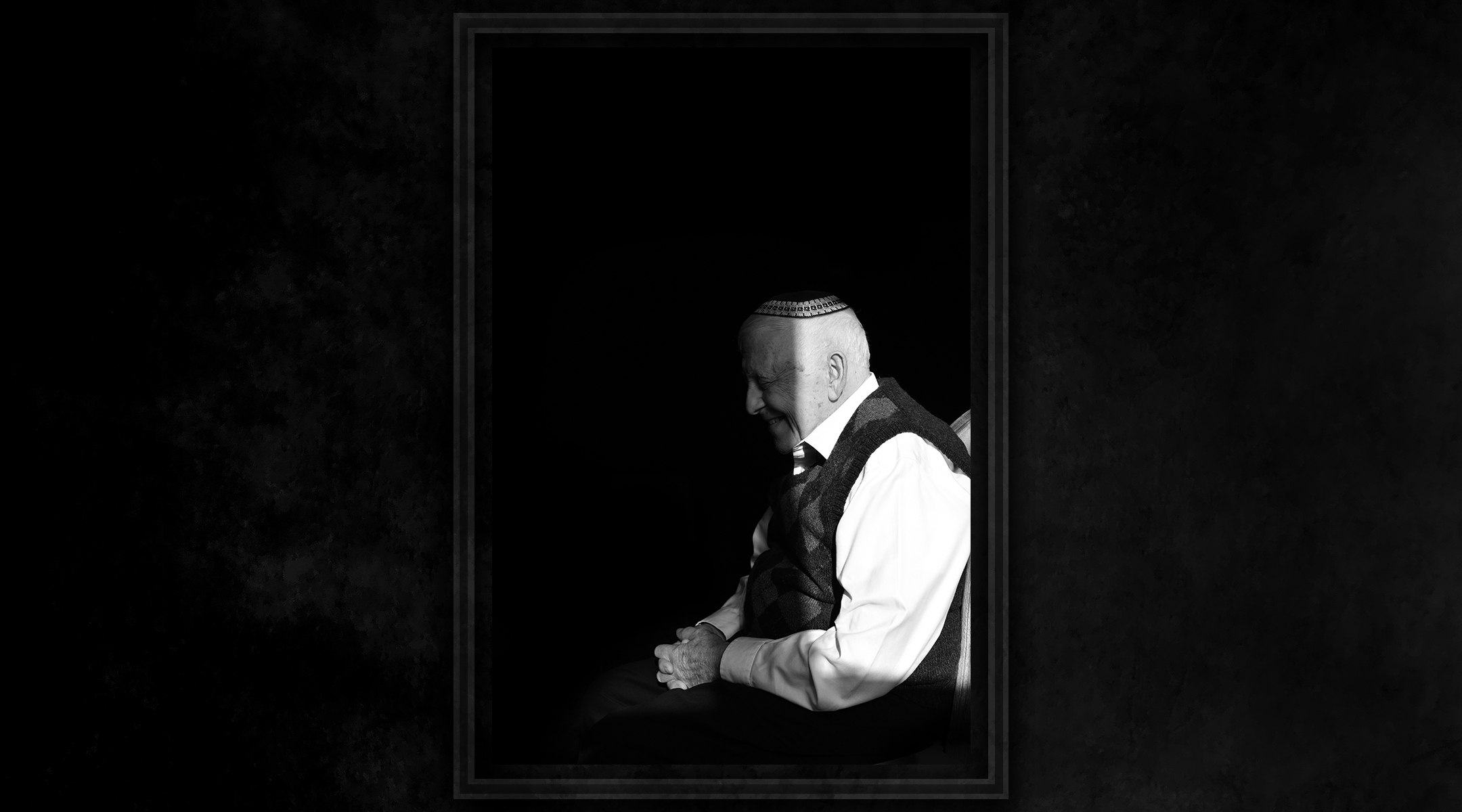
Holocaust survivor and educator René Slotkin poses for “Invited to Life”. (Courtesy of B.A. Van Sise / Design by Grace Yagel)
The photographs reflect acknowledgment by all involved that the survivors in the pictures are all nearing the ends of their lives. Many of his subjects chose to include their children, grandchildren, or great-grandchildren in their portraits, and the photographer was intentional in closing the book with a portrait of Irving Roth, a longtime Holocaust educator, with his 3-year-old great-granddaughter Addie sitting on his lap. In the text, Roth remarks on the origins of his Hebrew name, Shmuel Meir, which came from his great-grandfather and imagines what life will be like for Addie when she turns 103, and what she will remember of him.
Roth passed away in February 2021 at age 91.
“Those stories don’t end in 1945,” Van Sise said. “These people have lived for, now, 77 years since and have done plenty with that time. And that’s worth exploring, because that’s the part they have control over.”
Reflecting on different styles of Holocaust survivor portraiture at a discussion at the Museum of Jewish Heritage, the original home of Van Sise’s portraits, German photographer Martin Schoeller remarked on his own preference for images of older faces.
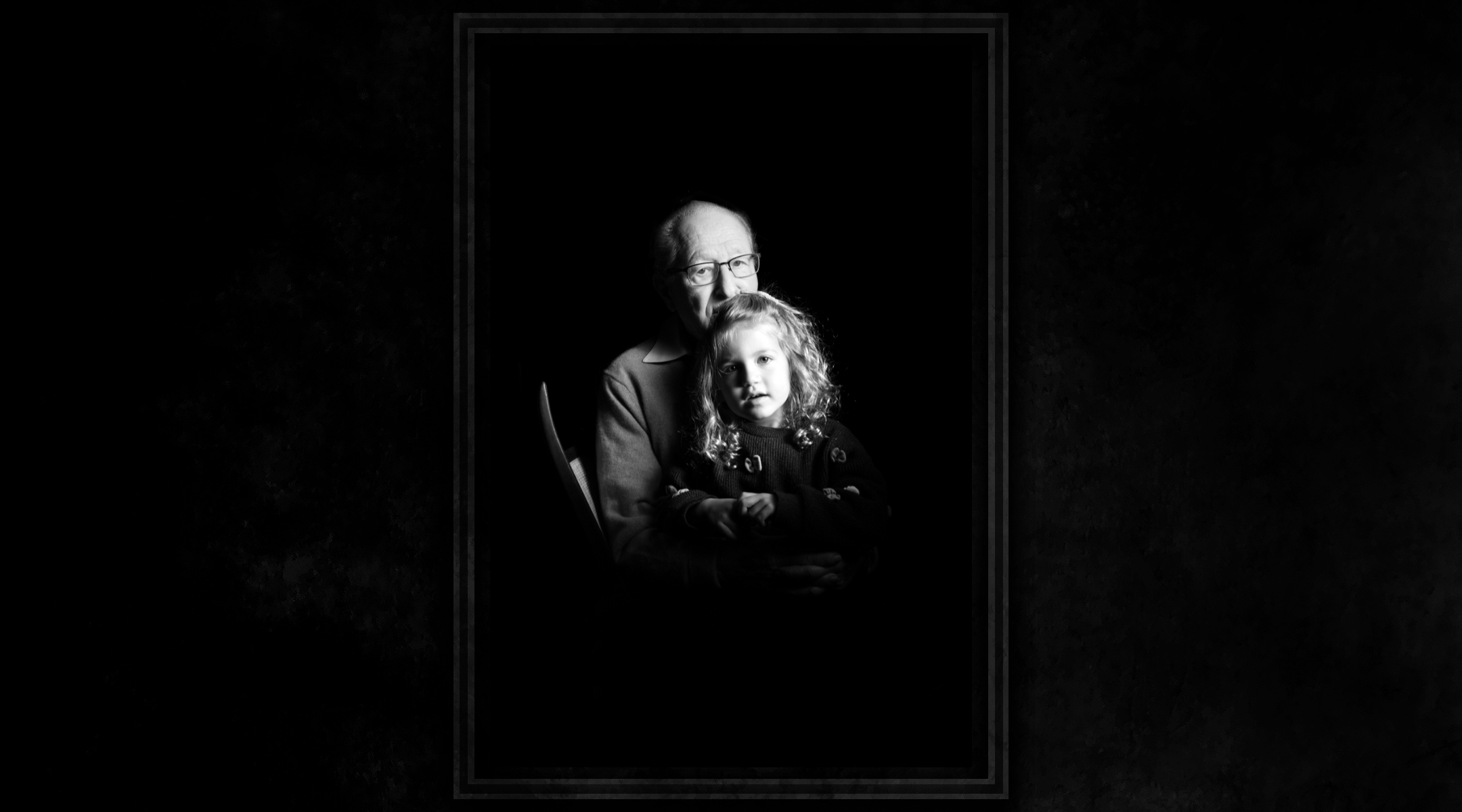
Holocaust survivor and educator Irving Roth and great-granddaughter Addie pose together for “Invited to Life”. (Courtesy of B.A. Van Sise / Design by Grace Yagel)
“They have more life in them. You see the wrinkles and you feel that there’s more to discover in the face, in an old face. So they almost feel like they’re telling the story of the suffering of the Holocaust more visually, because they’re older faces,” Schoeller said.
“But then, it’s been 75 years since the end of the war,” he added. “So these people have lived 75 years; so to say, ‘Now I see the horror in this old man’s face’ feels a little bit — I don’t know if that’s really true. I leave it up to the people looking at the pictures.”
This article originally appeared on JTA.org.





















